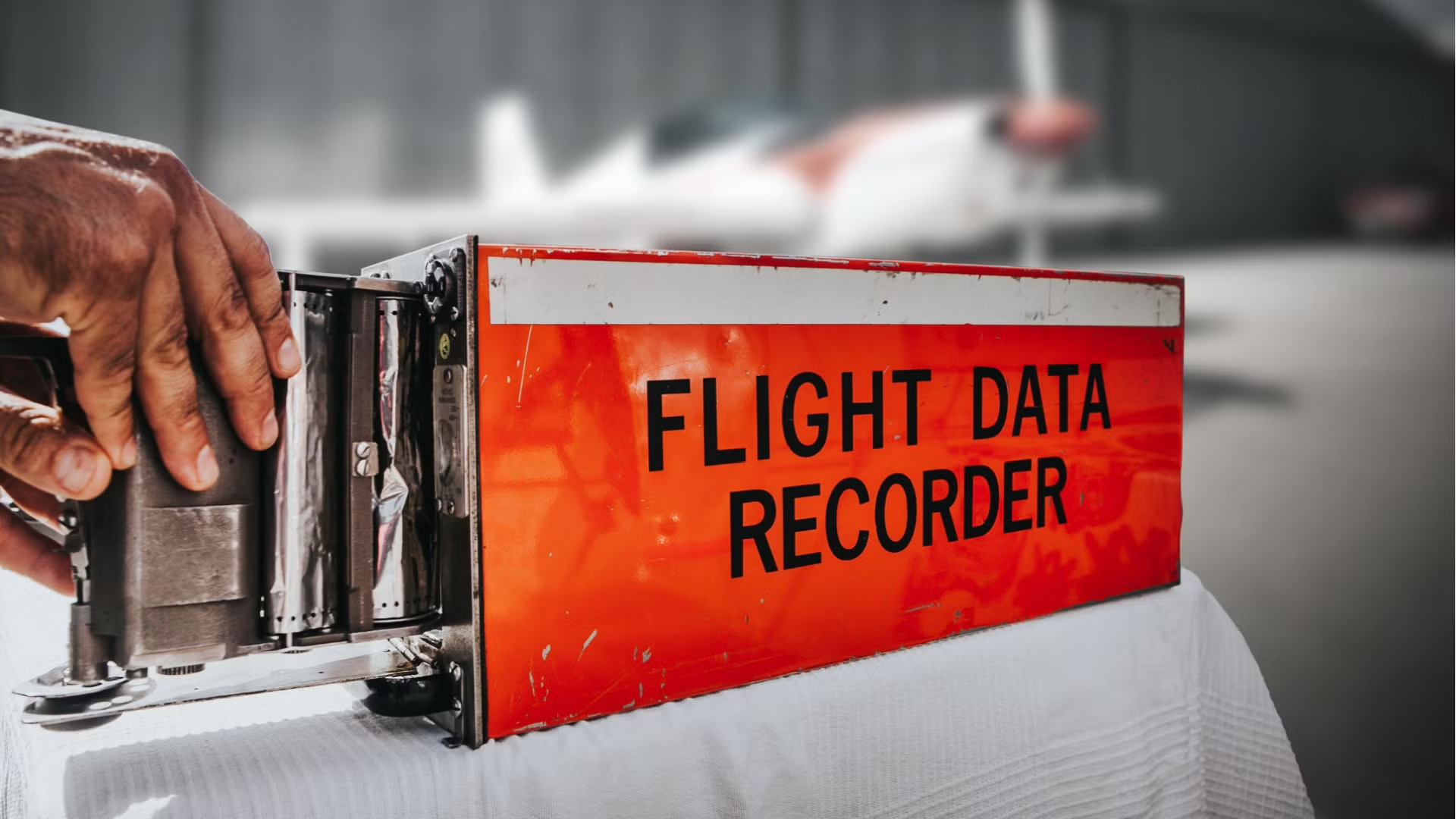
According to recent reports, more than 490,000 accidents involving semi-trucks take place in the United States each year. These accidents can be particularly devastating because they often result in more serious injuries than those involving passenger vehicles alone. With that being the case, they tend to bring about higher medical bills, longer recovery periods, and more missed time from work as well.
In addition to their dangers, accidents involving 18-wheelers can be exceedingly complex. Numerous factors come into play when determining who was at fault and to what extent. That can make determining fair compensation for victims’ injuries and losses a bit precarious. Fortunately, attorneys and other authorities can more easily and effectively sort through the confusion and crack their cases by using black box data as evidence.
What Types of Information Do Black Boxes Provide?
Most people are at least somewhat familiar with the black boxes found on airplanes. Many don’t realize that most modern semi-trucks are equipped with similar technology. Their black boxes, or event data recorders, can provide a wealth of insight into the events leading up to accidents.
A black box records information about an 18-wheeler while it’s on the road. It can record the truck’s speed, engine performance, transmission information, and many other factors. It also records details about the driver’s actions, including braking, acceleration, gear changes, how long the truck has been in motion, and whether the operator was driving erratically. The black box can provide information about the force of an impact, whether the truck’s airbags deployed, and other relevant details as well.
How Can Black Box Data Prove Fault in a Truck Accident?
All of the information black boxes provide can be invaluable when proving fault in a truck accident. It can help determine whether the driver was speeding or driving recklessly. Based on speed and braking data, it may aid in determining whether the driver slowly decelerated before a crash or applied the brakes suddenly at the last minute.
In some situations, that information can help prove whether a driver was distracted or paying close attention to their surroundings. Keep in mind, though, that hard braking doesn’t always mean the driver wasn’t paying attention. Numerous other factors also need to be considered.
Modern technology can also be used to decide if driver fatigue played a role in a truck accident. By combining black box data with information from the driver’s ELD, authorities can understand how long a driver had been on the road at the time of an accident, whether they took their mandatory break, and whether they violated the FMCSA’s hours of service regulations.
Beyond that, a black box can help determine if a mechanical failure was to blame for an accident. EDRs often record fault codes that indicate there was a problem with the truck’s components. They may record overdue maintenance alerts as well. Those details can speak to the condition of the truck and whether the owner, a mechanic, a parts manufacturer, or another party might have been partially to blame for an accident.
Unraveling Truck Accidents With Black Box Data
Black boxes can’t definitively determine cause and fault in truck accidents. They can, however, provide valuable insight into the events leading up to crashes, including speed, drivers’ actions, and potential malfunctions. When combined with other evidence, such as dashcam footage, witness statements, and information gleaned from crash scene investigations, the data they provide can be immensely helpful in unraveling truck accidents.


